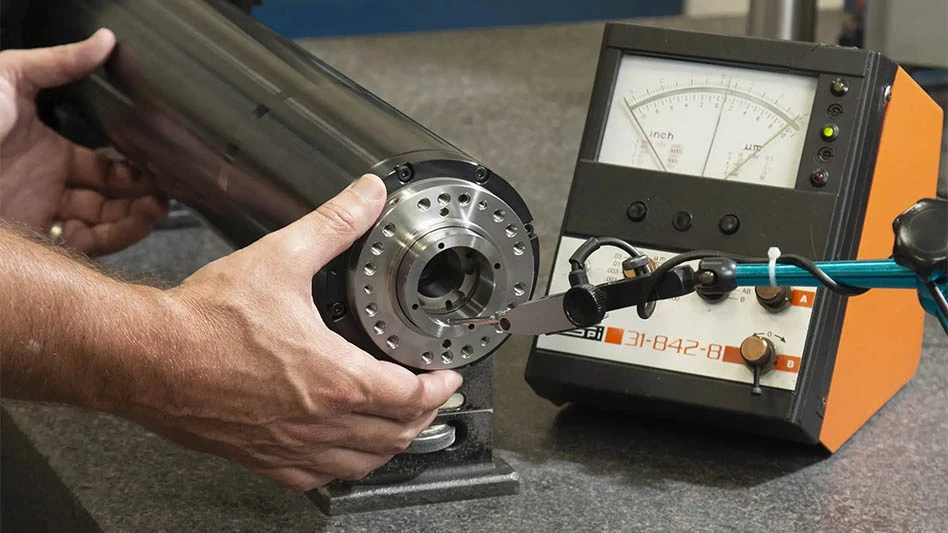
In today's competitive world, the aerospace industry has been successful in introducing new aircrafts with the latest trends in technology through continuous R&D activities. Considering the complexity and the number of parts involved in an aircraft, new product development and product sustenance along with other functions play a major role.
The Aerospace industry is in turmoil due to the global economic downturn. There has been a drop of 35% in general aviation aircraft deliveries in 2010 compared to 2008. Business aircraft order cancellations in addition to the drop in demand has forced the biz jet manufacturers to explore options to reduce costs. One of the cost levers is Sustenance Engineering.
Sustenance Engineering includes change requests to address production issues, product improvements, safety, and reliability issues besides addressing customer requirements. Key business goals of any Change Management process are to reduce cycle time, eliminate errors, and reduce costs. Any delay in addressing Change Requests could result in financial losses due to product line stoppage, higher product realization costs, and customer dissatisfaction. Hence, Change Management is considered to be a critical activity. Even though it is a critical activity, OEMs consider this as a non-core activity as it does not involve new product development or implementation of newer technologies.
Aircraft manufacturers will be able to utilize their engineers optimally in core activities such as research and development work if they are able to get an extended support in addressing the change requests through different means. This will facilitate in reducing the time-to-market of a new aircraft as well as concentrate on R&D activities. This can be achieved by various approaches such as hiring local people to execute work related to Change requests, partnership approach where partner can take the ownership, setting up a captive center in low cost countries etc. This paper focuses mainly on the partnership approach, with the partner taking the process ownership of aircraft sustenance.
The business benefits that an aerospace OEM will achieve by going for a partnership will be in terms of reduced costs (approximately 25% to 30%) due to offshore leverage, reduced cycle time (approximately 20%) in addressing change requests and also in new product development activities.
To read the full white paper from Mahindra Satyam, click here.
Latest from Aerospace Manufacturing and Design
- JetZero all-wing airplane demonstrator achieves milestones
- Cermet indexable inserts for medium turning operations
- Trelleborg acquires Aero-Plastics
- Industrial automation products, enclosed encoders
- #61 - Manufacturing Matters: CMMC roll out: When do I need to comply?
- AIX shows aircraft interiors are a strategic priority for global airlines
- Machine Tool Builders Roundtable: Turn equipment into expertise
- No time to waste: How to machine MedTech parts more efficiently





